Be the first to review this product
PRODUCT DETAILS
When small, the lovely burgundy coloured leaves with light green veins are so mild and delicious they can be eaten in salads. In summer, big leaves pack a proper mustard punch but they are much milder when cooked or when grown in cooler weather. Very winter-hardy, Giant Red mustard seeds can be planted into October or in early spring to harvest as small leaves every few days. For big plants, thin to 20-30cm (8-12") apart in the row. This variety makes excellent microgreens that are ready to harvest just two weeks after sowing. As baby leaf greens, they are not spicy, but still impart a distinctive flavour to salad mixes. This variety comes from Japanese breeding, and makes fine pickled mustard greens. It is very slow to bolt.
- Milder when cooked
- Burgundy coloured leaves
- Very slow bolting
- Open-pollinated seeds
- Matures in 45 days
All About Giant Red
Latin
Brassica juncea & Brassica rapa Family: Brassicaceae
Difficulty
Easy
Season & Zone
Season: Cool-season Exposure: Full sun to partial shade
Timing
Mustards are cool season plants that grow quickly and then bolt. Direct sow with frost protection as early as late winter or without protection from early to late spring. Sowing short rows every 3 weeks allows for a continuous harvest of both baby leaves and full sized plants. Sow again in late summer for late fall and winter harvests. Optimal soil temperature: 21°C (70°F). Seeds should sprout in 5-10 days.
Starting
If growing to full size, sow 3-4 seeds in each spot you want a plant to grow. Sow 5mm-1cm (¼-½”) deep and thin to the strongest plant, spaced 10-15cm (4-6″) in the row. All mustards can be grown in containers for baby salad greens. Sow these as you would mesclun mixes, with seeds spaced as near as possible to 1cm (½”) apart.
Days to Maturity:
From direct sowing.
Growing
Ideal pH: 6.0-6.5. One cup of complete organic fertilizer will provide nutrition for 3m (10′) of row. Water regularly. Expect mustards to bolt in hot weather. Provide protection in winter by using a cloche or heavy row cover. At all other times, plan on growing fast and harvesting fast, like spinach. Planting short rows every two weeks works best for the home garden for a constant harvest.
Harvest
Cut individual leaves, or the whole plant at whatever stage of maturity you desire. Young leaves tend to be more tender and less powerfully flavoured as mature leaves. Some varieties will develop a slight bitterness in fully mature leaves. The leaves can be blanched (or run through a food processor) and then frozen, or even dried and flaked for soup mixes. But the plants are so cold hardy, fresh leaves should be available to the determined gardener 12 months of the year. Whole plants can also be pickled for long term storage.
Seed Info
In optimal conditions at least 70% of seeds will germinate. Usual seed life: 3 years. Per 100′ row: 400 seeds, per acre: 174M seeds.
Diseases & Pests
Slugs and woodlice (sow bugs) may nibble young seedlings, but overall, these plants are trouble free. Keep the garden free from debris and excess water, where both of these pests like to go during the day. If leaves show lots of tiny holes, flea beetles are the problem. Prevent early spring infestations by using lightweight row cover.
| Manufacturer's Model Number | MU531AF |
|---|---|
| UPC | 687704071644 |
| Brand | West Coast Seeds |
| Family | Mustard |
| Days to Maturity | 45 |
| Certified Organic | No |
| Heirloom | Yes |
| Open Pollinated | Yes |
| Hybrid | No |
| Shipping Type | Seeds |




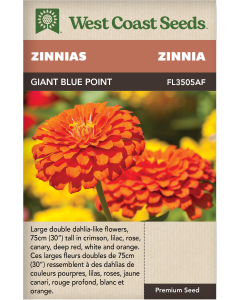
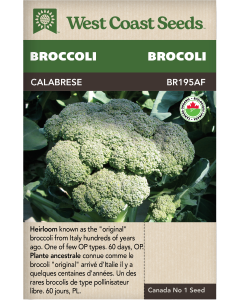

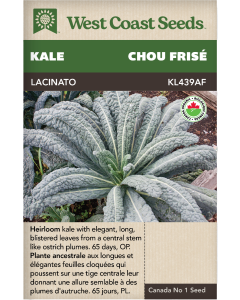
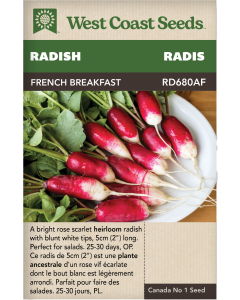
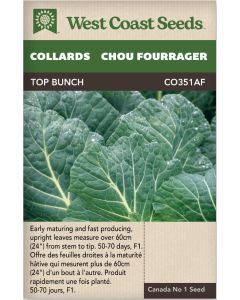
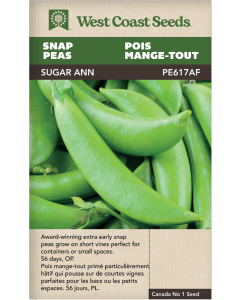
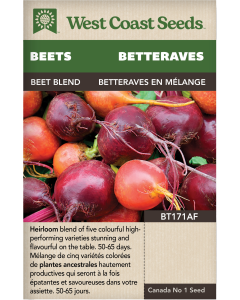
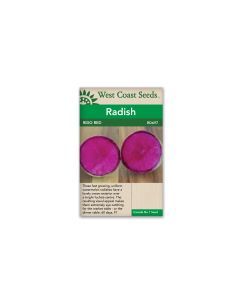
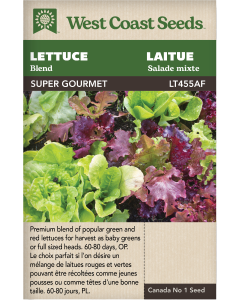
Login and Registration Form